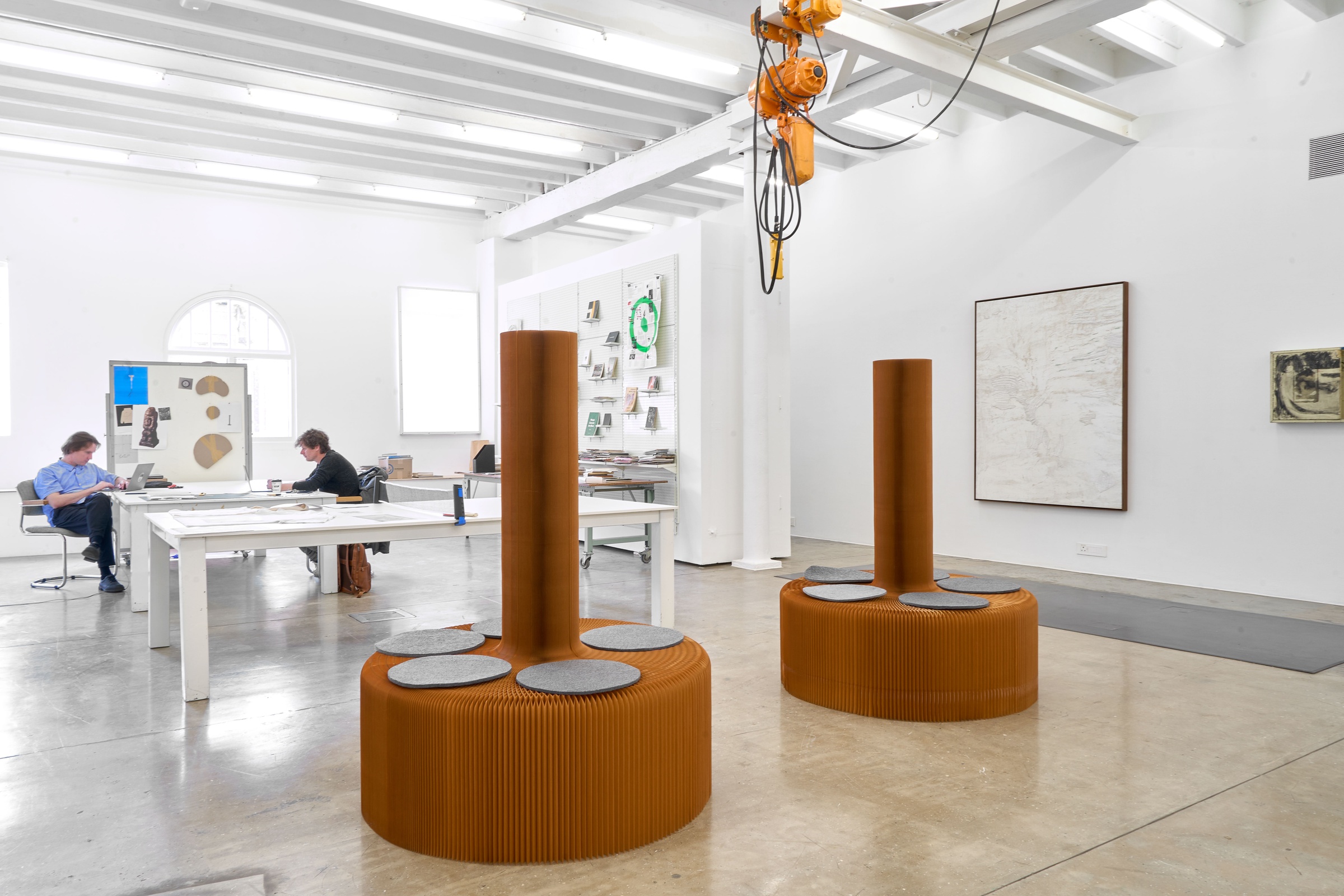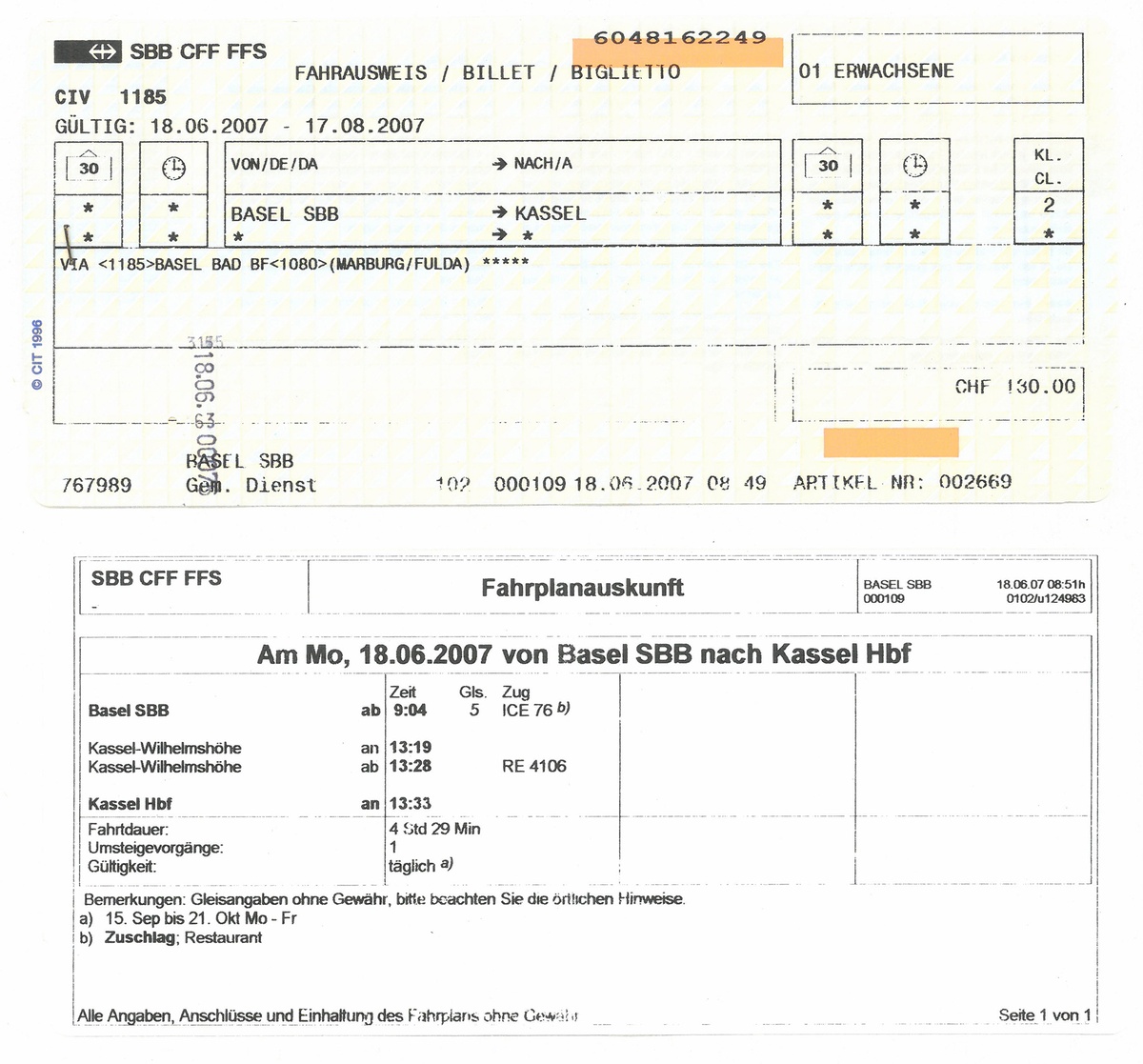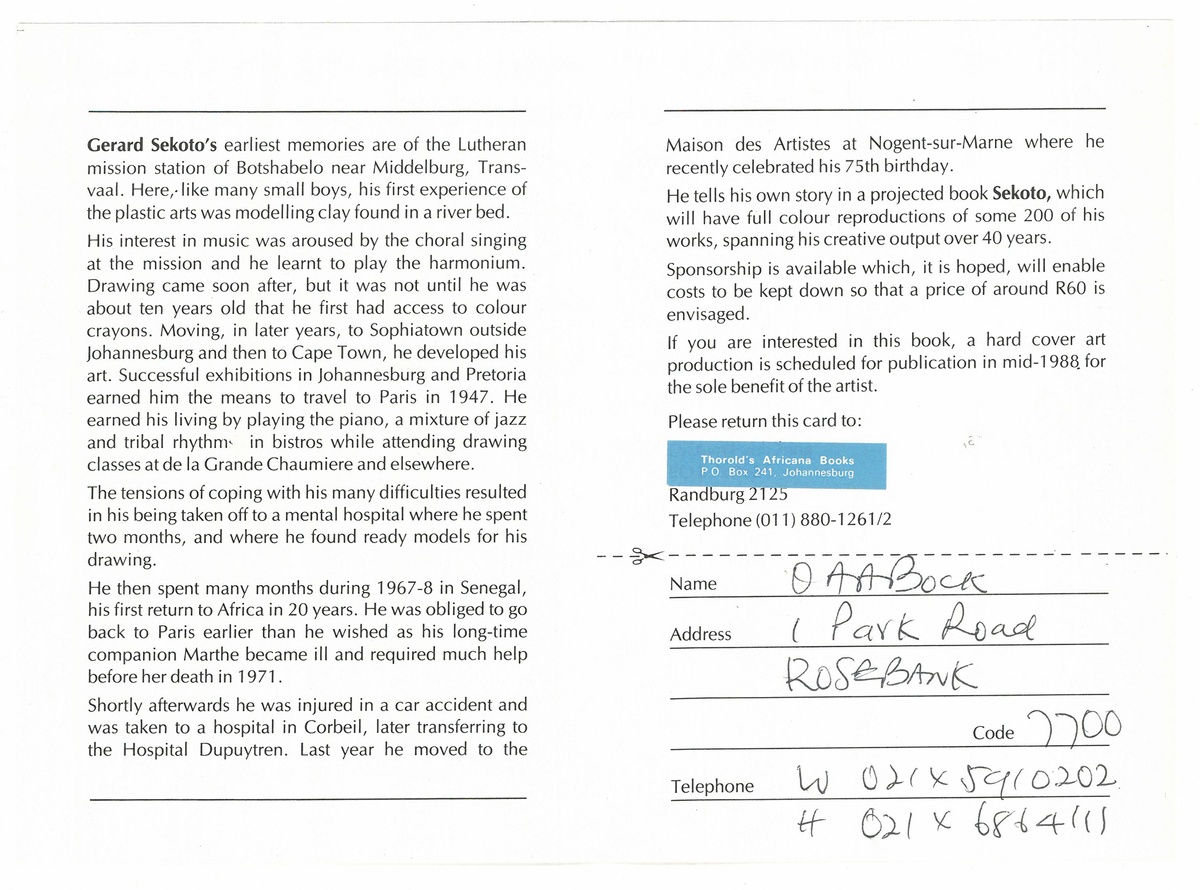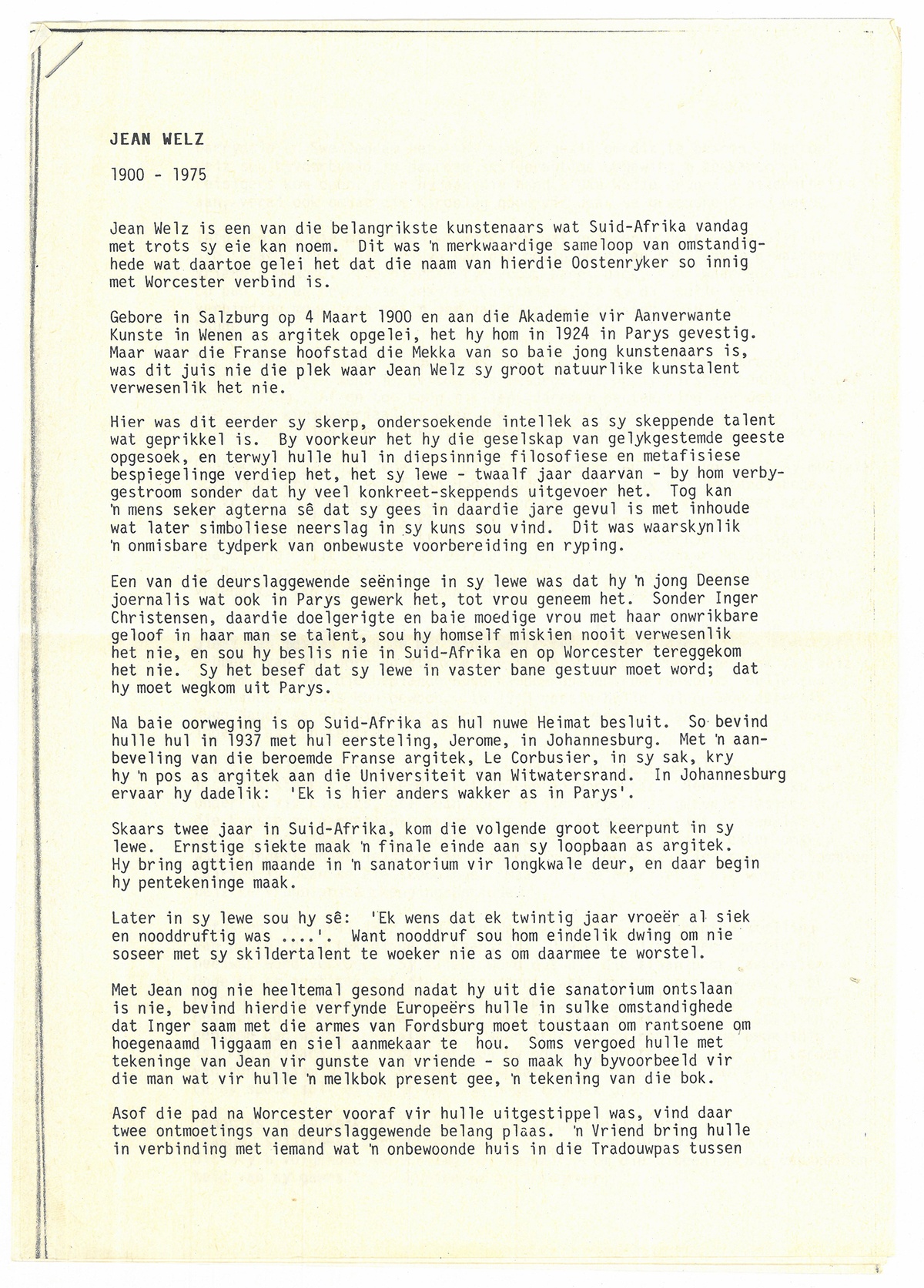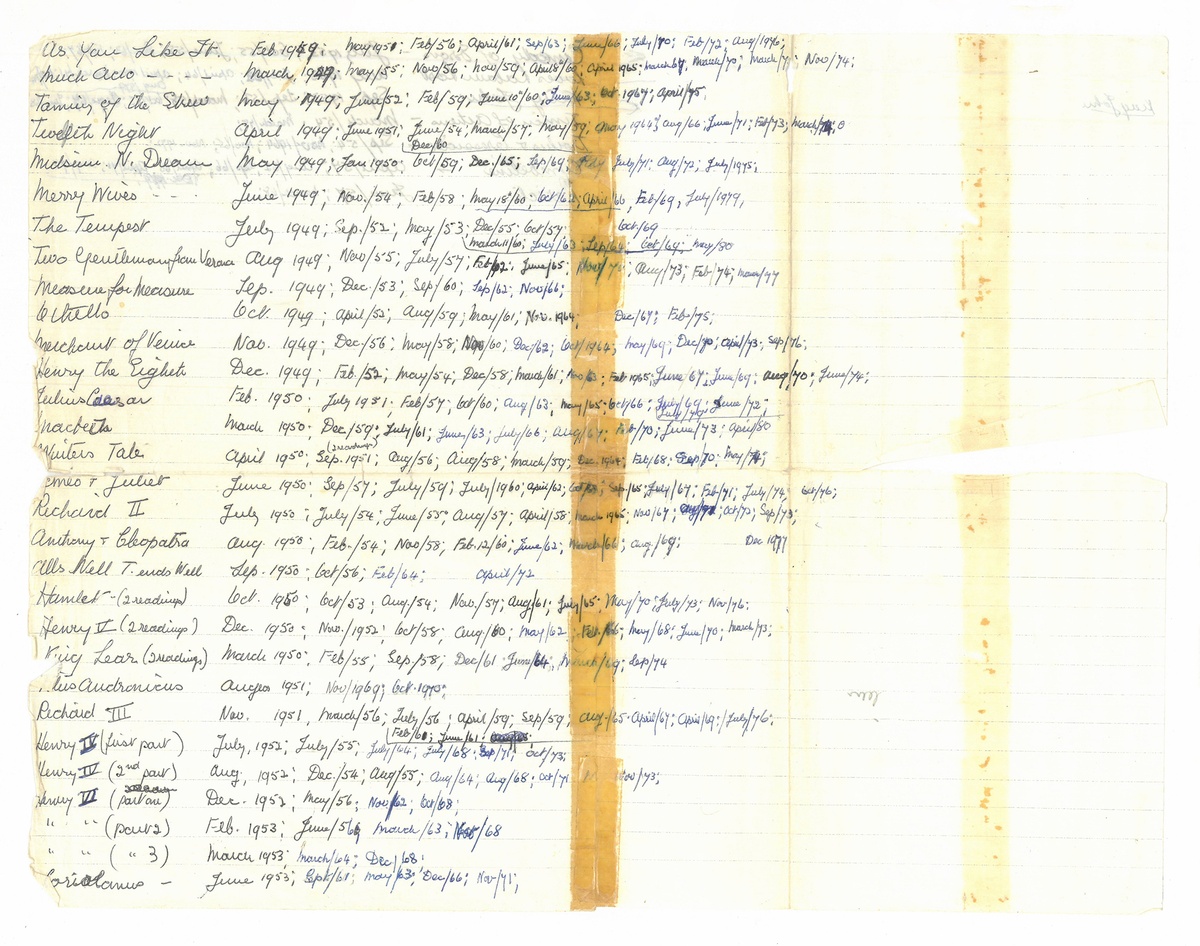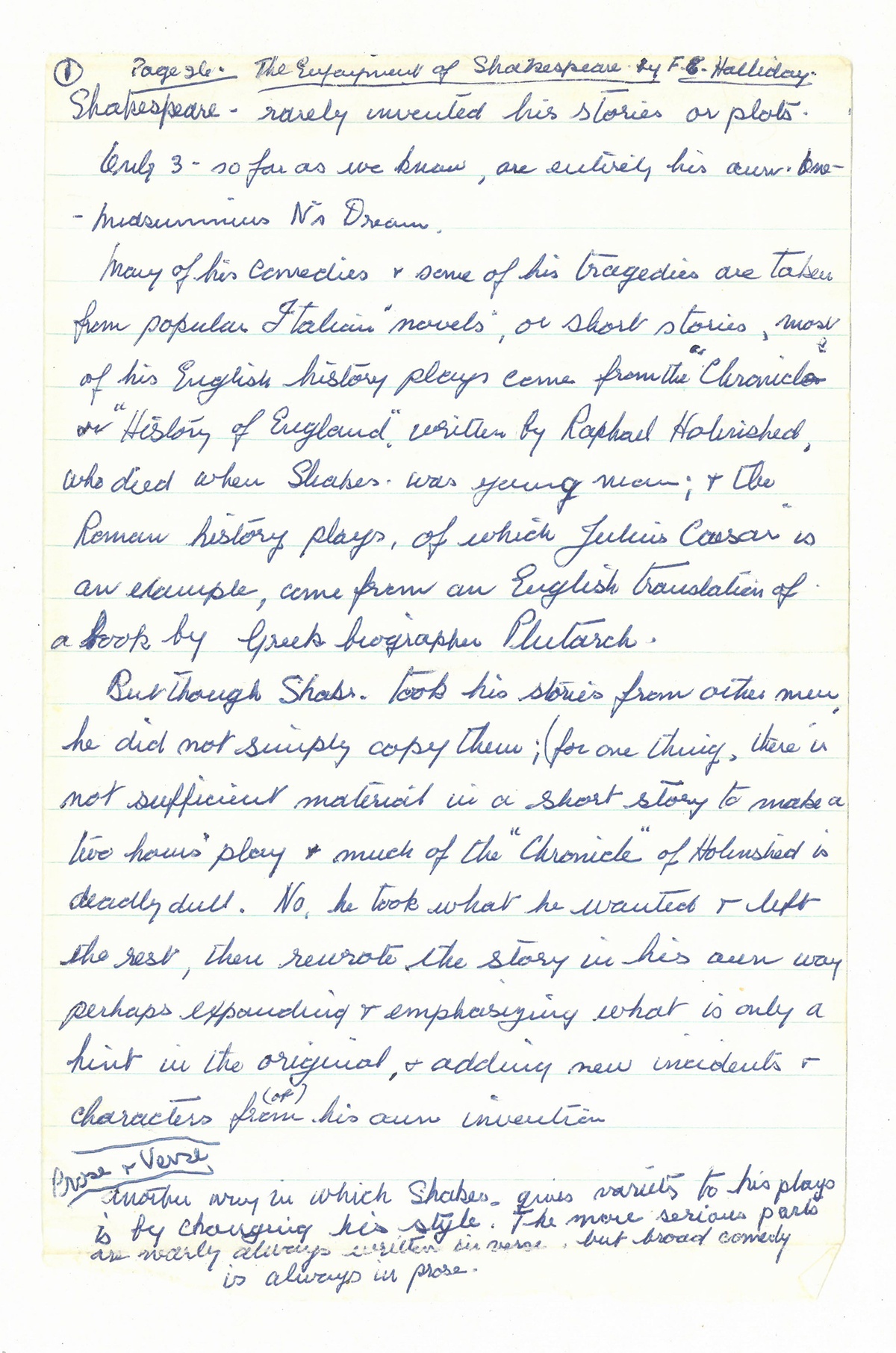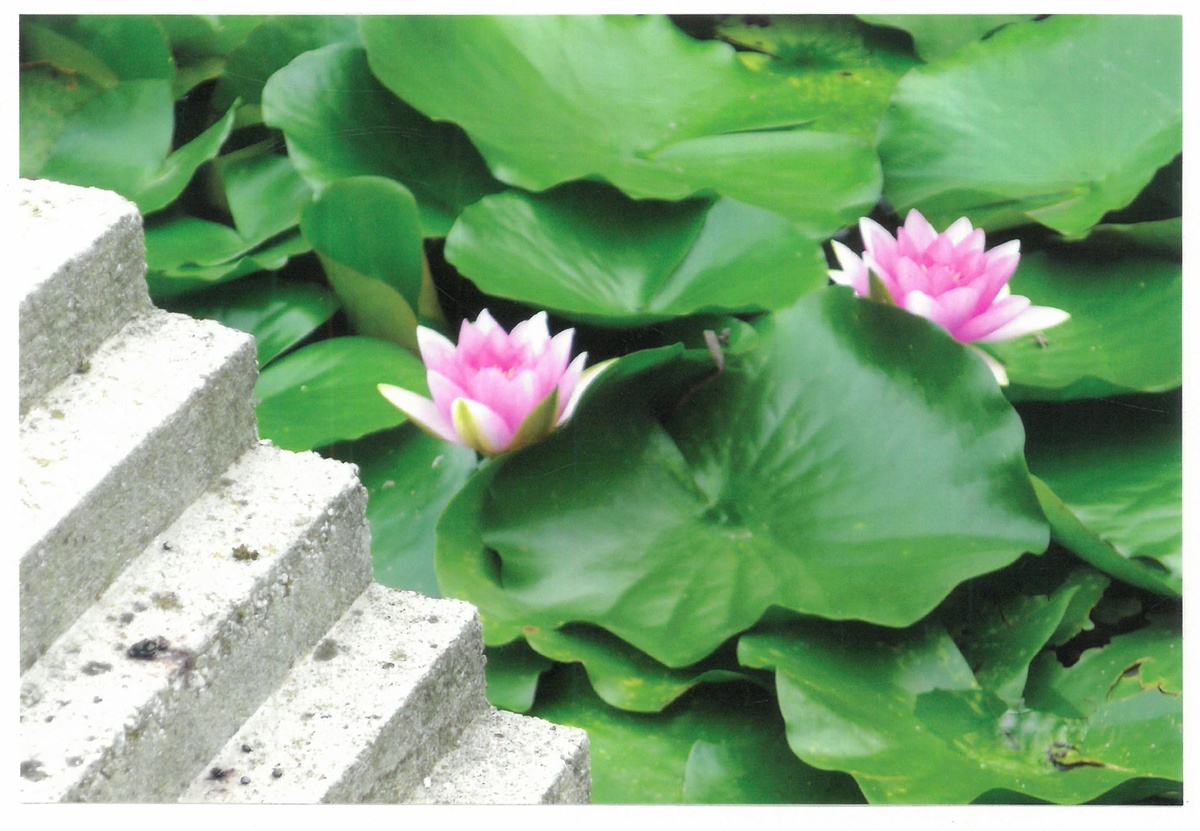Library Ephemera
Research
16 May–20 July 2024
Title
Library Ephemera
Dates
16 May–20 July 2024
Location
Gallery
For the duration of WORK, the team compiled a comprehensive inventory of A4’s paper-based ephemera. While some of this ephemera was found in the Library or accumulated during processes in the building, most was acquired from a local book collector: eleven brown-taped boxes with over sixty years of exhibition catalogues, museum handouts, and zines, which together recall a social history of the local art scene. Visitors to the Gallery were invited to look through a growing archive to find resonances, insights, and narratives.

Article on the photography of Graeme Williams in the first issue of Full Frame, a journal of South African documentary photography, in June 1990. The series of photographs would later be included in Williams’ photobook The Inner City (2000), and subsequently featured in Sean O’Toole’s Photo Book! Photo-Book! Photobook! exhibition in 2022. Image courtesy of A4 Arts Foundation.
